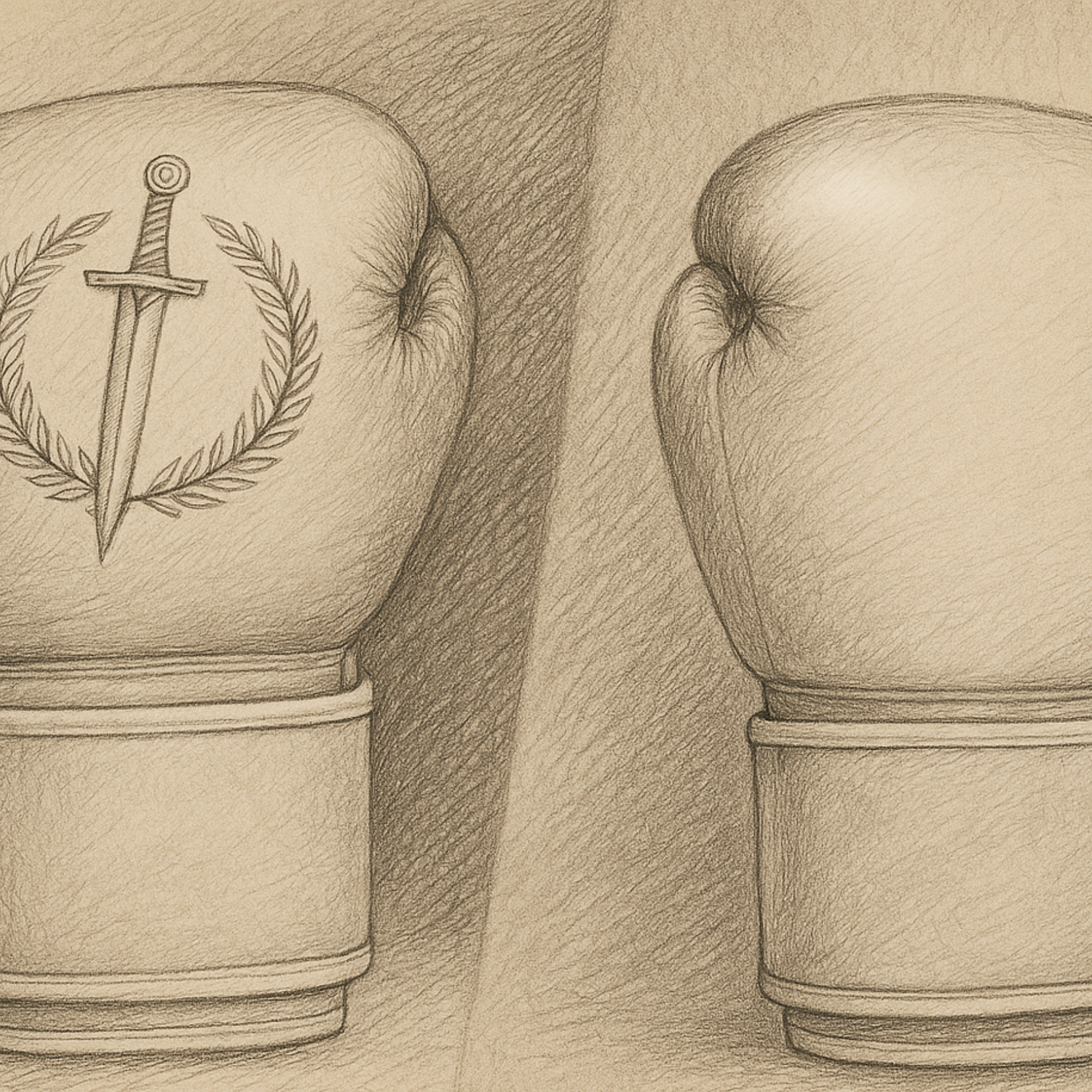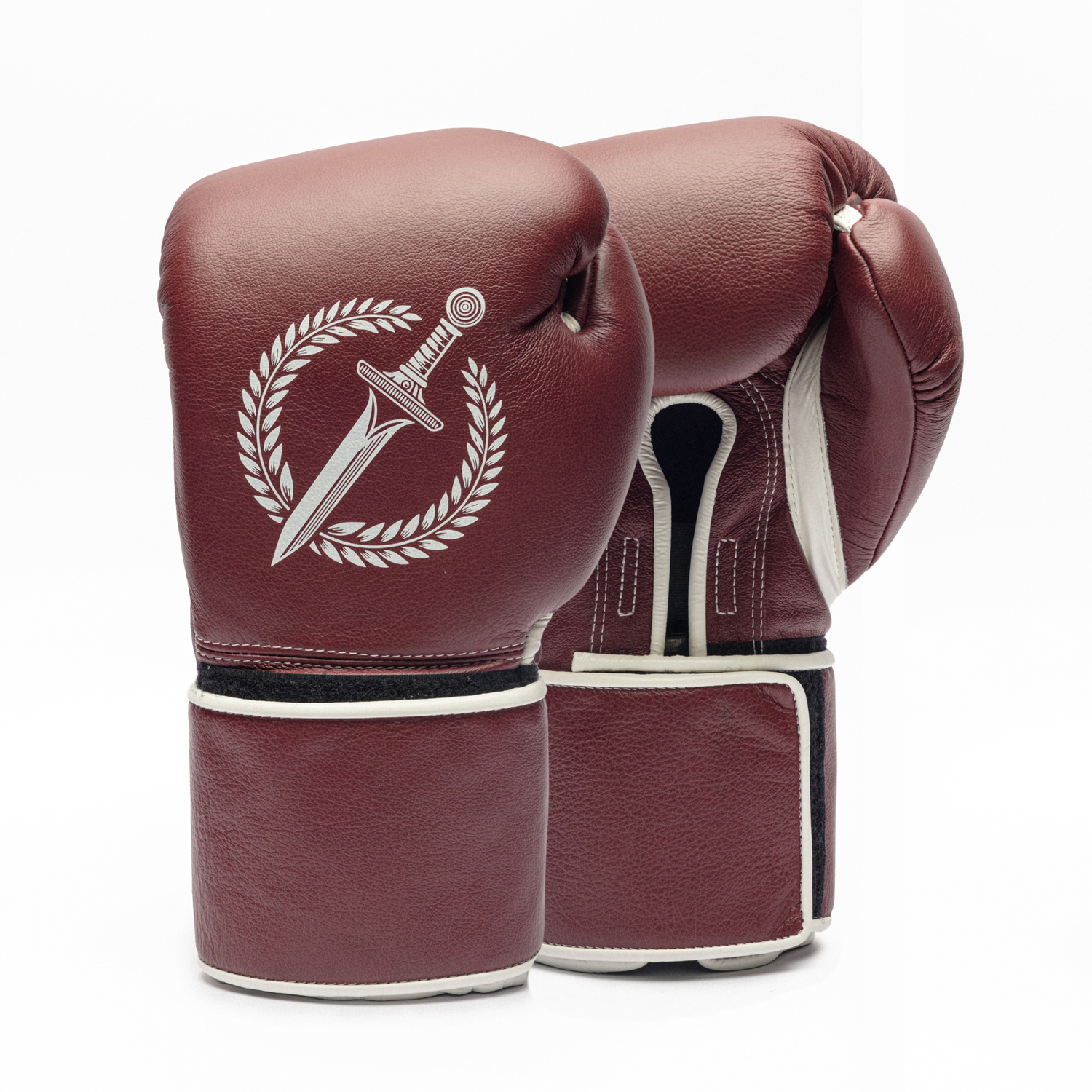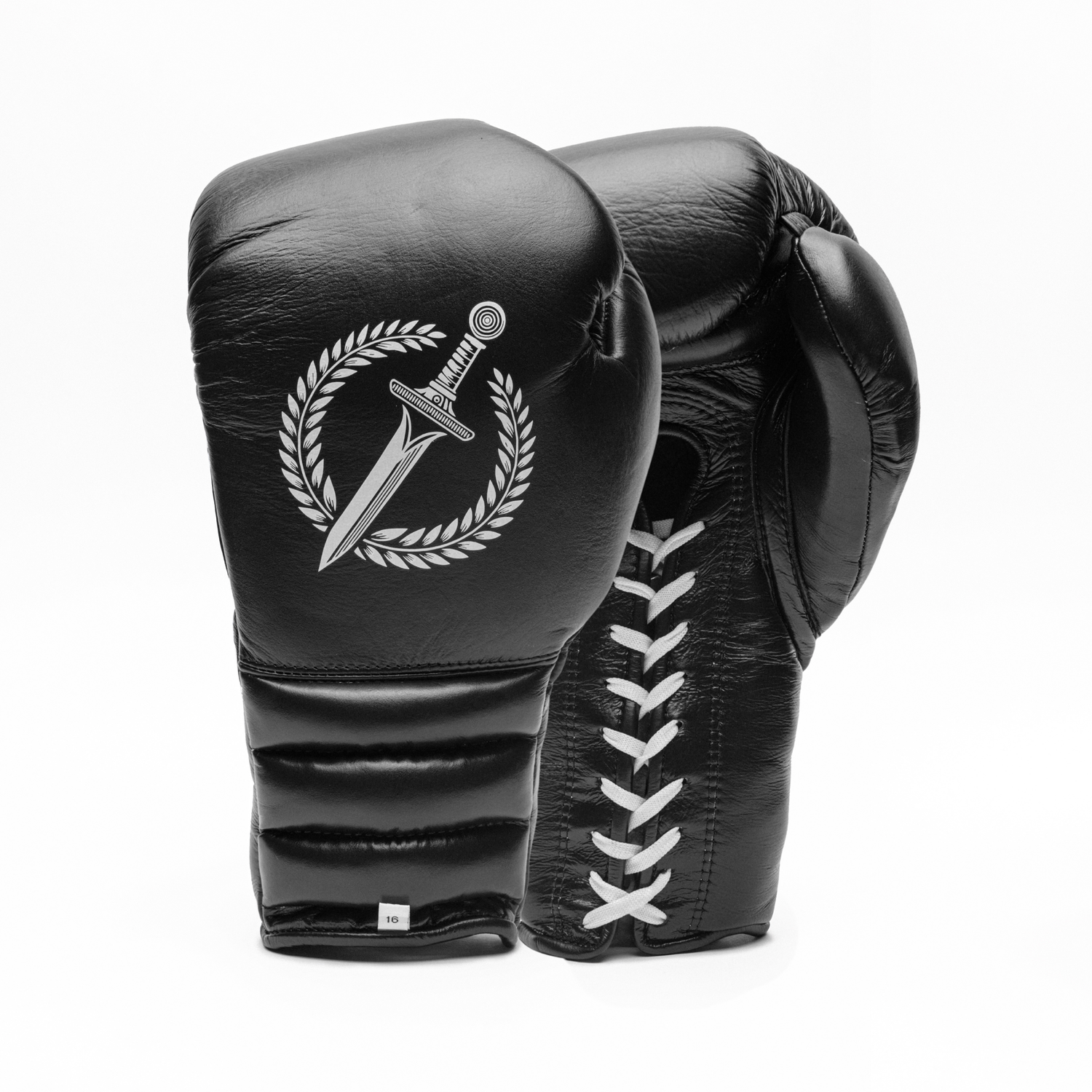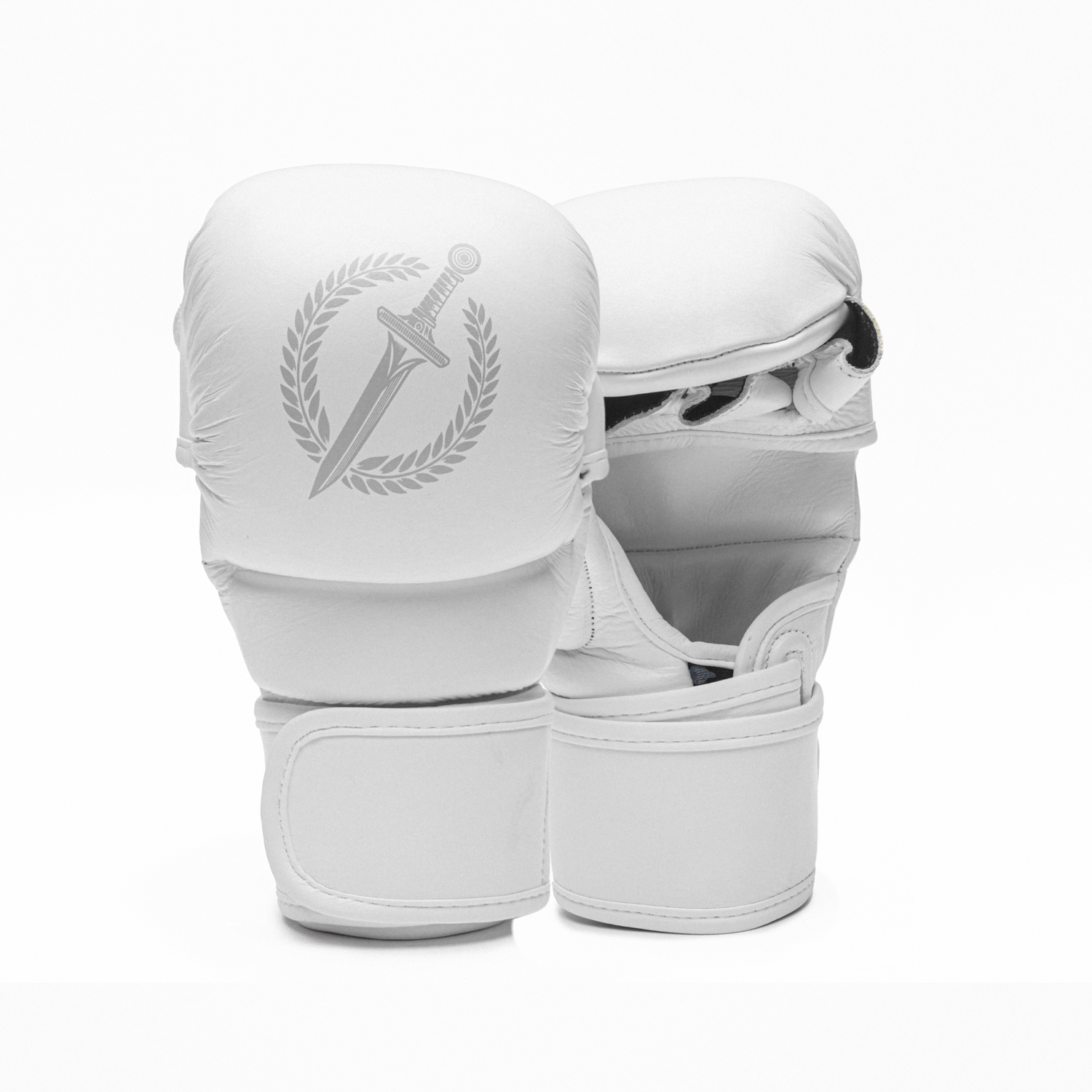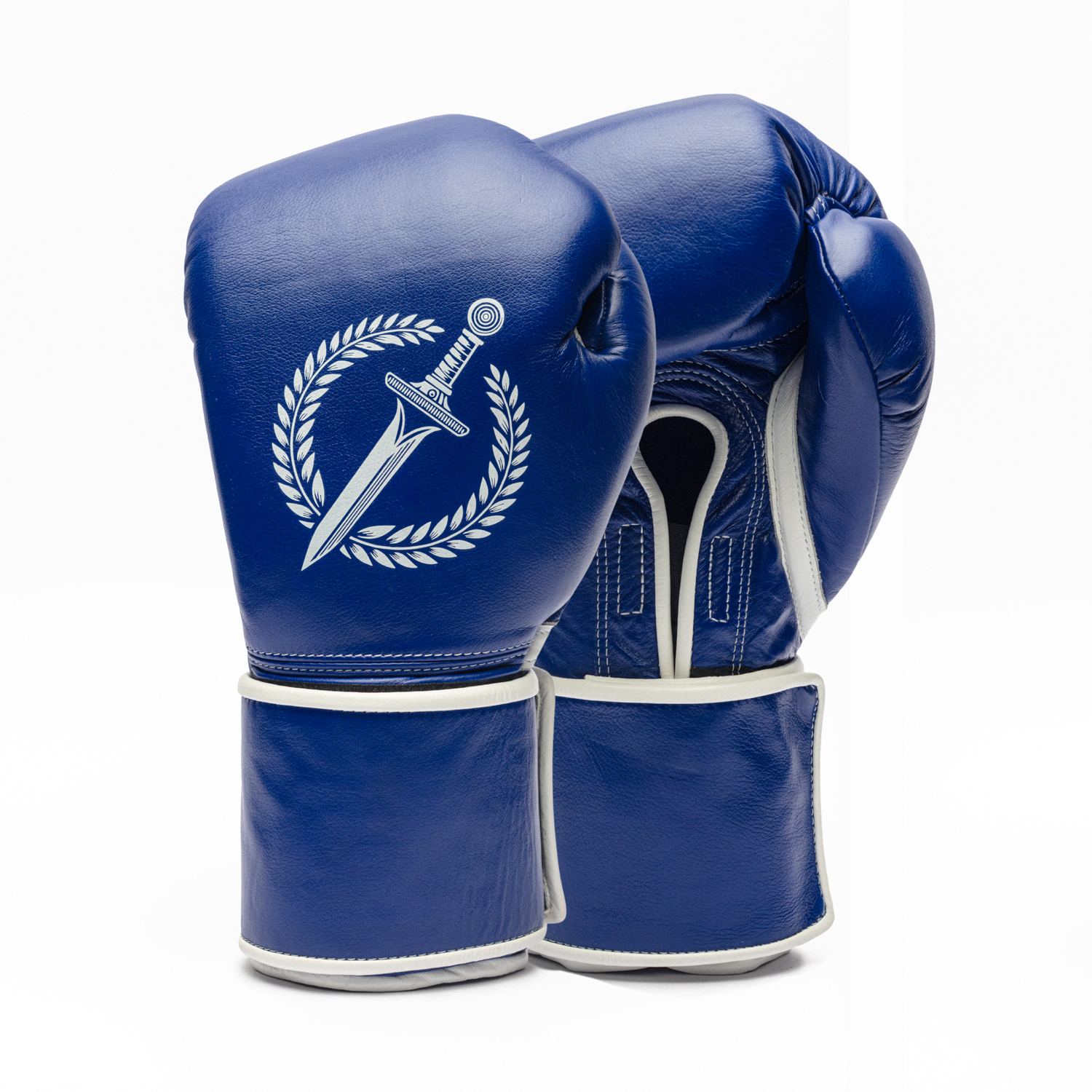Choosing the right boxing gloves is crucial not just for performance, but for safety, longevity, and value. If you're stuck between leather and synthetic boxing gloves, this article will give you clarity on the differences and reasons why you would prefer one material vs. the other.
To help you sort this out, we will evaluate leather and synthetic boxing gloves in 6 key variables that are important when deciding to buy your next pair:
- Material quality
- Durability
- Price point
- Comfort and feel
- Design
- Breathability and sweat control

Choosing the right material is a key step to pick the best gloves for you.
1. Material quality: Natural vs. Man-Made
Leather is made usually from cowhide or goatskin. Prized for its strength, flexibility, and how it breaks in over time, the greatest advantage of this material is that it adapts to your hand shape and develops a unique feel with use. Leather is also a material known for its beauty and strength, which definitely makes the gloves look more badass.
Synthetics are usually made from materials like polyurethane (PU), designed to mimic leather’s look without the expensive price tag. They’re lighter and easier to clean, but less breathable, not as tough and don't mould to the hands as well as real leather.
Verdict? Leather wins this point. While synthetic materials have come a long way, they still fall short of replicating the natural strength, texture, and aging quality of genuine leather. When it comes to premium feel and long-term performance, leather still holds the crown.
2. Durability: Long-term vs. short-term play
Leather, with proper care, can last several years even with heavy use. That’s why they’re often preferred by seasoned fighters. A good leather glove has an average lifetime of 4-5 years.
Synthetics are more affordable up front, but prone to cracking or tearing after months of intense training. Ideal for beginners or light-use scenarios. Will probably be garbage before its third birthday.
Verdict? Leather also wins here. Durability is a major separating line.

Good leather makes gloves more durable and resistant.
3. Price Point: Budget vs. Investment
Leather gloves usually start at $150 and up. They will definitely take a hit on your pockets, but if you're committed to continue training you should treat it as an investment rather than a cost. You’re paying for endurance, craftsmanship, and a better feel over time.
Synthetics typically range from $30–$150. Ideal for beginners, casual users, or anyone needing a budget-friendly backup. You get the functionality without the financial commitment, which makes it easy to start training without overthinking the cost.
Verdict? Synthetic gloves take the point. They are almost always more affordable.
4. Comfort & Feel: Break-In vs. Instant Fit
Leather takes time to break in, but after a few uses starts to mold into your hand and offers a superior fit. This is arguably leather’s biggest advantage: over time, it stops feeling like gear and starts feeling like a part of you.
Synthetics are comfortable out of the box but may feel stiff or plasticky. It won't hurt your hand in the beginning as some leather gloves do, but it also doesn’t evolve with use like leather does. The net result is an average feel that will never be bad nor great.
Verdict? Leather up 3-1. The break-in period is worth the wait. Once it settles, leather gives you a level of comfort and connection synthetic can’t match.

Leather gloves usually takes longer to feel good, but the wait is 100% worth it.
5. Design: Classic vs. Modern
Leather offers a premium, classic aesthetic, but it comes with design limitations. It’s harder to print on, and complex graphics or bright patterns don’t hold as well. Most leather gloves lean toward a minimalist, color-based design with subtle embroidery or stamping. Over time, logos may start to peel or fade, especially with heavy use.
Synthetics are much more versatile in terms of design. It handles prints, patterns, and bold visuals far better than leather, and graphic details tend to stay intact longer. If you’re into expressive, eye-catching glove designs, synthetics open up far more creative options.
Verdict? Tie. This one comes down to personal taste. If you favor clean, heritage-inspired aesthetics, leather delivers. If bold graphics, custom artwork, or standout colors are your thing, synthetic takes the edge.
6. Breathability & Sweat Control
Leather is naturally more breathable and porous, which allows better airflow and helps moisture evaporate. That doesn't mean your hands stay dry, but the glove dries out more effectively between sessions, which reduces bacteria buildup and odor.
Synthetics are less porous. They trap heat and moisture inside the glove, making them more prone to odor, internal breakdown, and an overall soggier feel after long rounds. Some modern synthetic gloves use mesh panels or ventilated palms to compensate, but that’s a design feature, not an inherent material trait. And at the mid-to-low end, most synthetics skip that entirely.
Verdict? Leather takes another point. Most glove interiors use similar lining fabrics, but leather exteriors dry faster and resist long-term degradation better than synthetics when exposed to repeated sweat cycles.
The Bottom Line: Which One’s Right for You?
Hopefully the breakdown on our 6 essentials helped you make your decision. Let's recap all that we uncovered:
| Category | Leather Gloves | Synthetic Gloves |
|---|---|---|
| Material Quality | Strong, flexible, molds with use. | Mimics leather, but not 100%. |
| Durability | 4–5 years with proper care. Ideal for heavy use. | Often cracks or tears after months of use. Best for light training or beginners. |
| Price Point | Starts around $150. Higher upfront, long-term value. | Ranges from $30–$150. More affordable and accessible. |
| Comfort & Feel | Breaks in over time. Molds to your hand for a superior fit and feel. | Comfortable immediately but stays average. No real evolution over time. |
| Design | Classic, clean look. Llimited graphic capabilities and logos may wear off over time. | Supports bold prints and vibrant designs. Graphic elements tend to last longer. |
| Breathability | Naturally breathable. Dries faster between sessions and resists odor buildup. | Less breathable. Retains moisture and heat unless design includes ventilation features. |
If you're still in doubt, our recommendation is to choose synthetic gloves if you’re brand new to combat sports, train infrequently or budget is your top priority. If none of this is true, leather gloves will be a smarter investment for you.

Gladius gloves are crafted exclusively from genuine leather. Staying true to our design philosophy, we never use synthetics — and never will.
The Gladius choice: Why we work only with leather?
Every Gladius glove is crafted from genuine leather. We believe your gloves should feel like a weapon forged for battle. That means they must last long, carry the mark of true craftsmanship, and shape themselves to your hands over time. Only real leather delivers on all three.
We deliberately chose to avoid synthetic materials, even though they cost less and offer more design flexibility. For us, durability, authenticity and fit come first. Always.

